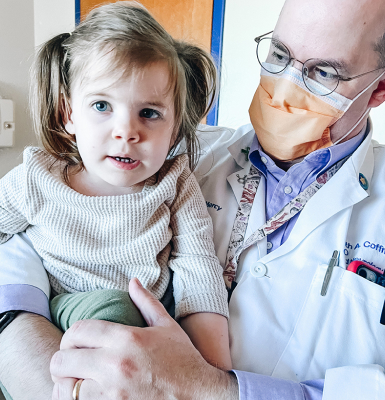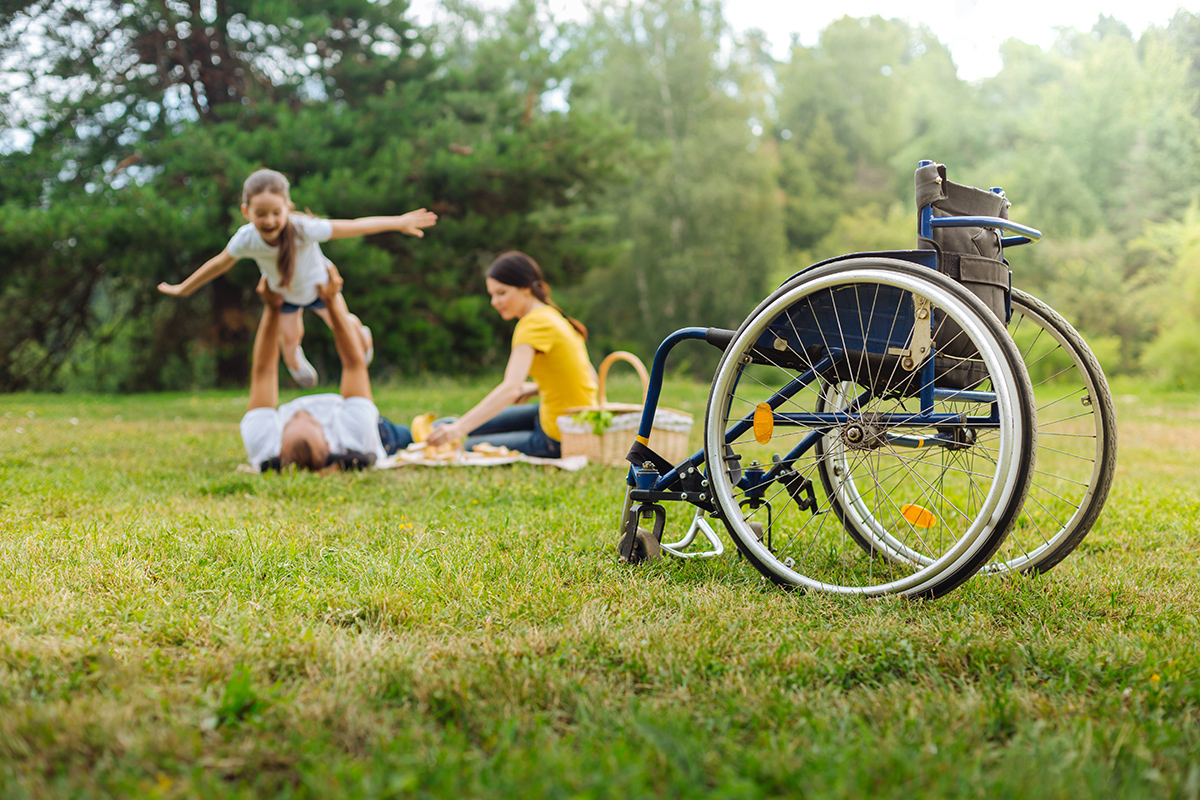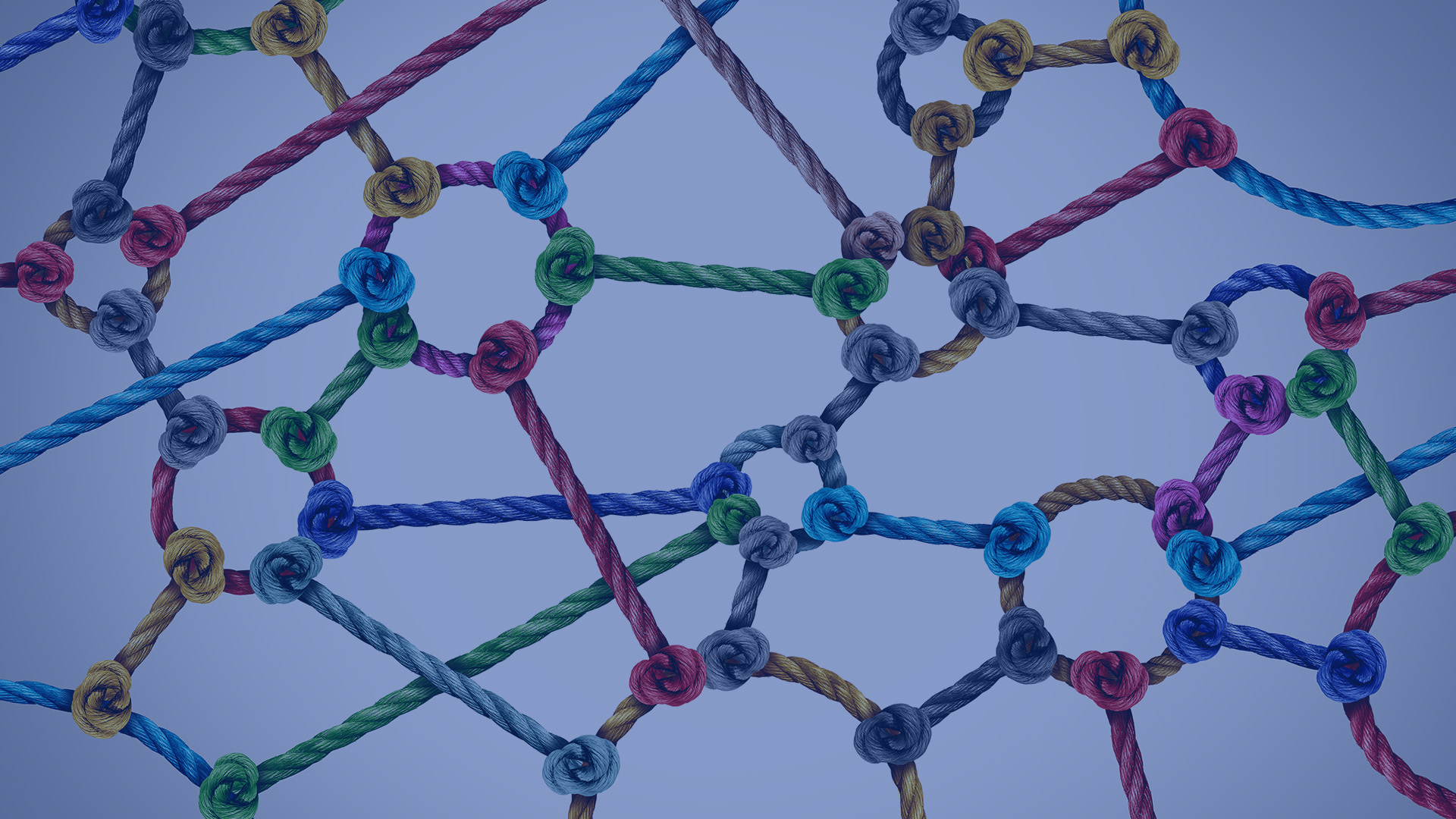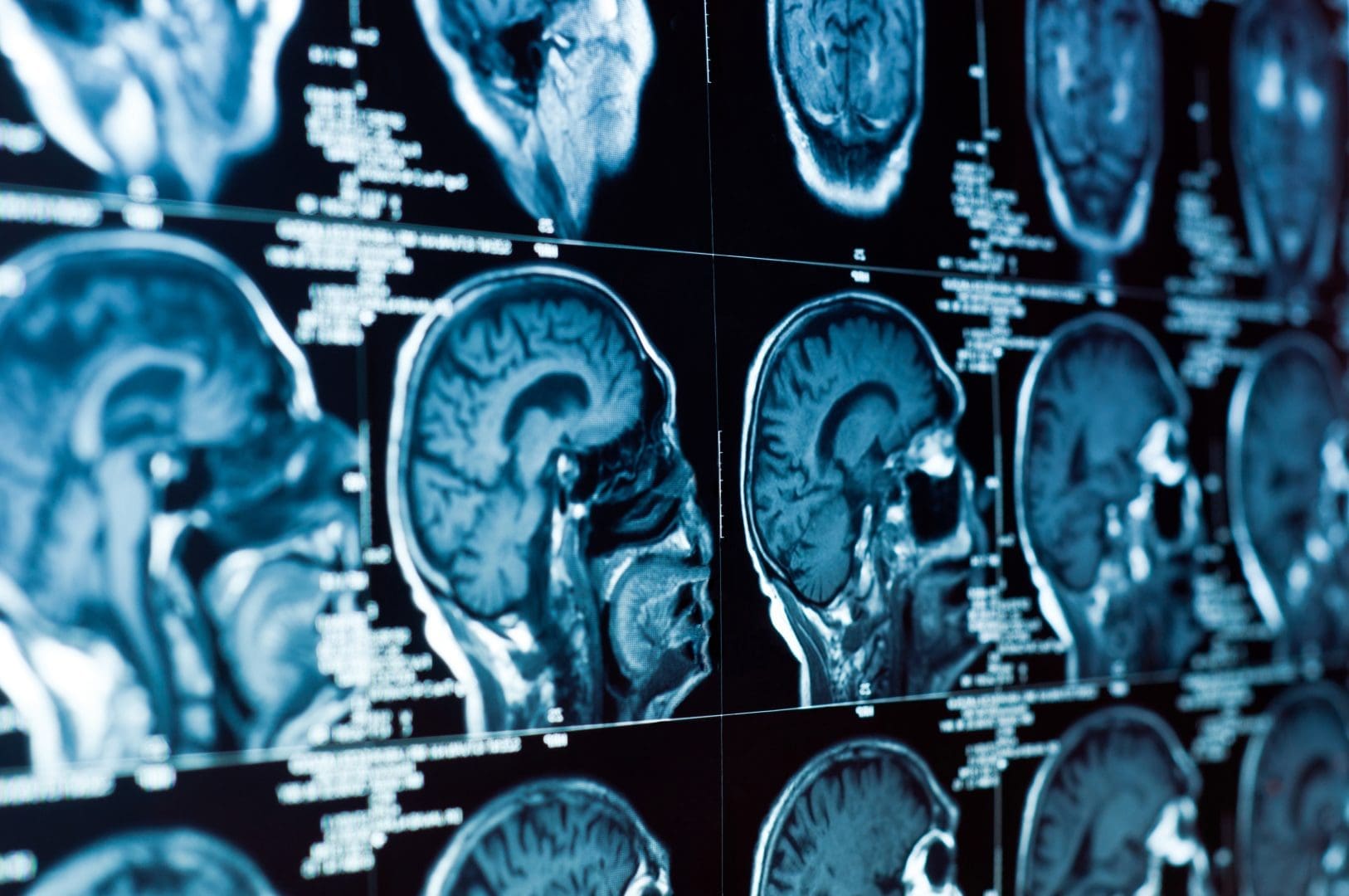AHC Symptoms
AHC is a peculiar neurodevelopmental disorder characterized by a constellation of paroxysmal neurological and central nervous system manifestations, among which recurrent episodes of hemiplegia involving either side of the body and alternating in laterality are the hallmark of this disease. Here we discuss each type of symptom, including:
- Paroxysmal
- Neurological
- Central Nervous System
- Episodes of hemiplegia
Paroxysmal Symptoms
Paroxysmal Symptoms AHC include an episode of uncoordinated movement which occurs occasionally and then stops.
The six categories of paroxysmal symptoms for AHC patients are:
There are three categories of various movements.
- Nystagmus – Rapid, involuntary movements on the eye. Movements may be horizontal (side-to-side), vertical (up and down), or rotary (circular).
- Esotropia – A form of strabismus in which one or both eyes turn inward. The condition can be constantly present, or occur intermittently, and can give the affected individual a “cross-eyed” appearance.
- Exotropia – A form of strabismus where the eyes have deviated outward.
A lack of muscle coordination which may affect speech, eye movements, the ability to swallow and eat, walking, picking up objects, and other voluntary movements.
Bulbar palsy is the result of diseases affecting the lower cranial nerves. A speech deficit occurs due to paralysis or weakness of the muscles of articulation which are supplied by these cranial nerves.
Three types of Bulbar palsy include:
- Dysarthria – difficult or unclear articulation of speech that is otherwise linguistically normal.
- Dysphagia – difficulty in swallowing and chewing food – it takes more effort than normal to transport food from the mouth to the stomach. Drooling may occur as saliva collects in the mouth and they aren’t able to swallow.
- PseudoBulbar Affect – a condition that causes uncontrollable crying and/or laughing that happens suddenly and frequently. A person having a PBA crying spell may cry when they don’t feel sad or when they only feel a little bit sad. Someone having a PBA laughing spell may laugh when they don’t feel amused or when they only feel a little bit amused.
Ceaseless occurrence of rapid, highly complex jerky movements that appear to be well coordinated but are performed involuntarily.
An involuntary repetitive twisting and sustained muscle contractions. These result in abnormal movements and postures.
A state of low muscle tone (the amount of tension or resistance to stretch in a muscle), often involving reduced muscle strength.
Neurological Symptoms
Beyond paroxysmal manifestations, AHC is characterized by persistent, interictal neurological abnormalities, whose prevalence increases with age.
A European study in 2020 confirmed motor function impairment between attacks in patients with AHC. The greatest differences compared to control groups concerned such skills as standing on toes, walking on toes, walking on heels, as well as running and hopping on one leg and on alternate legs. Significant impairment of the motor function of the upper limbs was also found. The study findings indicated the need to introduce individualized physical therapy management of patients with AHC.
A 2017 Duke University study found that motor speech deficits were moderate to severe, leading to a majority of the speech deficits in affected patients with significantly reduced intelligibility and that, on average, patients with AHC have mild-to-moderate dysphagia. Given these findings, they recommend the use of the DOSS classification system by clinicians taking care of patients with AHC to understand a child’s feeding and swallowing abilities as some patients had feeding and swallowing deficits and required certain food-consistency restrictions to prevent aspiration.
Multiple studies reporting motor function in AHC do not agree if there is a possibility of regression in motor function. More detailed motor profile assessments in patients with AHC are needed.
Approximately 50% of alternating hemiplegia of childhood patients also have epilepsy, which is either focal or generalized. Seizures are often drug resistant. Motor symptoms in epilepsy may include clonic, atonic, or tonic. Non-motor symptoms may include absence (staring spells) or myoclonus (brief twitches). Seizures may have an unknown onset which is when the beginning of a seizure is not known, it’s now called an unknown onset seizure. A seizure could also be called an unknown onset if it’s not witnessed or seen by anyone, for example, when seizures happen at night or in a person who lives alone.
The type of seizure may include:
- Focal Onset – The term focal is used instead of partial to be more accurate when talking about where seizures begin. Focal seizures can start in one area or group of cells on one side of the brain.
- Focal Onset Aware Seizures – When a person is awake and aware during a seizure, it’s called a focal aware seizure. This used to be called a simple partial seizure.
- Focal Onset Impaired Awareness – When a person is confused or their awareness is affected in some way during a focal seizure, it’s called a focal impaired awareness seizure. This used to be called a complex partial seizure.
- Generalized Onset – These seizures affect both sides of the brain or groups of cells on both sides of the brain at the same time.
Status Epilepticus
Epilepsy can evolve into electrical status epilepticus in sleep with generalized discharges. Changes can coincide with developmental regression consistent with epileptic encephalopathy. MRI and MR spectroscopy studies have shown new cortical atrophy and markedly depressed N-acetyl aspartate peaks compared to previous normal studies. Electrical status epilepticus in sleep can resolve after medication adjustments.
Cognitive impairment is a prominent feature in a range of different movement disorders. Children with AHC are prone to developmental delay, with deficits in cognitive functioning becoming progressively more evident as they grow older.
Caregiver examples of cognitive delay complaints (Jasien 2018):
- Slower than other children
- Difficulty with comprehension
- Poor memory
- Inadequate academic performance
- Difficulty in math
- Difficulty with self-help skills
- Modified curriculum needed
A 2017 study from Duke University confirmed neuropsychological abnormalities occur in AHC patients. Neuropsychiatric diagnoses included attention-deficit/hyperactivity disorder (ADHD), disruptive behavior, and anxiety disorder. Eight out of nine patients with ADHD who were prescribed medications responded to pharmacotherapy.
Additional issues may include:
- Depression
- Anxiety
- Social Phobias
- Bipolar Disorder
- Psychosis
Executive Function in AHC patients may be impacted and hinder several mental skills that help the brain organize and act on information. These skills enable them to plan, organize, remember things, prioritize, pay attention, and get started on tasks. They also help people use information and experiences from the past to solve current problems.
Challenges may be seen in the following:
- Impulse Control – the ability to stop and think before acting
- Emotional Control – the ability to manage feelings by focusing on the end result or goal.
- Flexibility – the ability to roll with the punches and come up with new approaches when a plan fails.
- Working Memory – the ability to hold information in her mind and use it to complete a task.
- Self-monitoring – the ability to keep track of and evaluate her performance on regular tasks.
- Planning and prioritizing – the ability to come up with the steps needed to reach a goal and to decide their order of importance.
- Task initiation- the ability to get started on something
- Organization – the ability to keep track of information and things
A 2018 study from Duke University noted caregiver complaints regarding behavior. Despite the reported difficulties, it was noted patients also had an externally friendly demeanor on which impulsivity and its consequences intruded. Despite this externally friendly disposition, these patients, as a rule, still had difficulty following directions and responding to social cues and interactions.
Despite their affable social presentation, patients usually struggled to respond to social cues, to pace themselves, were ‘into everything’, and then as a consequence, would get exhausted, cranky, and into conflict. This would then lead to further exacerbation of abnormal behavior and often to hemiplegic spells.
Caregiver examples of behavior complaints (Jasien 2018):
- Oppositional
- Strong-willed
- Using curse words
- Aggressive
- Defiant
- Separation anxiety
- Too dependent on mother
- Temper tantrums
- Moody
- Head banging
A study in 2015 compared mutant AHC mice to wild-type littermates. The study concluded that the long-term episodic memory of AHC mice was impaired. The mutant mice took longer to complete tasks and were not able to adequately assess spatial memory. A distinction in performance was identified between non-stressful conditions and a learning and memory deficit occurring during stressful activities.
Caregiver examples of cognitive complaints (Jasien 2018):
- Slow to meet speech and language milestones
- Difficulty in reading
- Difficulty with written language
- Receptive and expressive language impaired
- Poor spelling
- Language regression
Disease course and progression in AHC are now a matter of debate. A non‐progressive course has been described in the past, whereas in a more recent case series, seven patients aged 12 years and below were reported to have experienced abrupt and irreversible regression along with significant acquired cortical and cerebellar atrophy. Slow and mild progression of non‐paroxysmal disability was recently observed in a multicentric cohort of 94 children and young adults.
Japanese researchers concluded in 2017 that progressive frontal dominant cerebral, diffuse cerebellar cortical, and severe hippocampal atrophy were observed in 50% of patients with irreversible severe motor and intellectual deterioration. All of these patients exhibited status epilepticus and required transient respiratory care. The areas of atrophy were consistent with the areas of increased expression of the Na+/K+-ATPase α3 subunit encoded by ATP1A3.
Studies now suggest that individuals with AHC may experience either abrupt or slowly progressive worsening of their neurological function, and for most adults, the hemiplegic episodes may no longer be the main clinical issue.
Central Nervous System (CNS)
Beyond paroxysmal manifestations, AHC is also characterized by central nervous system abnormalities. Animal models have shown that the ATP1A3 protein is expressed widely in neurons of the CNS and other tissues. Additionally, MRI studies in some patients with more severe phenotypes show structural abnormalities (mainly cerebellar atrophy), which might suggest different susceptibility of certain central nervous system areas to functional or structural defects in Na+/K+ ATPase.
CNS abnormalities include:
- Hypertonia (Spasticity) – Increased tightness of muscle tone and reduced capacity of the muscle to stretch.
- Hypotonia – A state of low muscle tone (the amount of tension or resistance to stretch in a muscle), often involving reduced muscle strength.
- Autonomic Dysfunction – a deviation from or interruption of the normal function of the autonomic nervous system.
- Autonomic disturbances affect
- Heart rate (blood pressure)
- Body temperature (perspiration)
- Breathing rate
- Digestion (Bowl and bladder functions)
- Apnea
- Metabolism (body weight)
- Balance of water and electrolytes (such as sodium and calcium)
- Production of body fluids (saliva, sweat, and tears)
Other symptoms include:
-
- Color changes
- Pupillary abnormalities
- Fatigue
- Lightheadedness
- Feeling faint or passing out
- Impairment in the body’s ability to handle gravity
Many central nervous system disorders result in hypothalamic-pituitary (HP) axis dysfunction. AHC is usually caused by mutations in the ATP1A3 subunit of the Na+/K+ ATPase, predominantly affecting GABAergic interneurons. GABAergic interneurons and the ATP1A3 subunit are both important for the function of the hypothalamus. A 2021 study found that AHC was associated with HP dysfunction in about 12% of patients. Awareness of such dysfunction is important for anticipatory guidance and management
Episodes of Hemiplegia
Alternating hemiplegia of childhood (AHC) was first characterized as a distinct syndrome in 1971 with a report describing eight patients with episodes of intermittent hemiplegia on alternating sides of the body. Intermittent, or episodic, hemiplegia are transient episodes of weakness of the arm, leg, torso, and in some cases the face, on one side of the body.
- In 2009, a collaborative study of 109 patients in the U.S. reported that hemiplegic episodes appeared by 6 months of age in 56% of infants.
- A 2010 European study of 157 patients found all AHC patients experienced hemiplegic attacks and 86.5% reported episodes of bilateral weakness.
- A 2003 Chinese study reported that hemiplegic attacks lasted from a few minutes to 10 days. The occurrence of the attacks ranged from 8 times daily to one time every 2 months.
- A French study of 22 patients reported that all patients had episodes of quadriplegia that occurred either when hemiplegia was shifting from one side to the other or as an isolated manifestation. Such episodes were often severe and followed by developmental deterioration. Sleep can relieve weakness and associated paroxysmal phenomena but may reappear 10 to 20 minutes after awakening.
- A Chinese study also confirmed that sleep could relieve both weakness and associated paroxysmal symptoms. They also reported that during the episodes of quadriplegia, dysarthria (or aphasia), dyspnea, and dysphagia was present in some cases.
- Episodic Quadriplegia, also known as tetraplegia, is a form of paralysis that affects all four limbs, plus the torso (“quad” originates from the Latin word for four).






